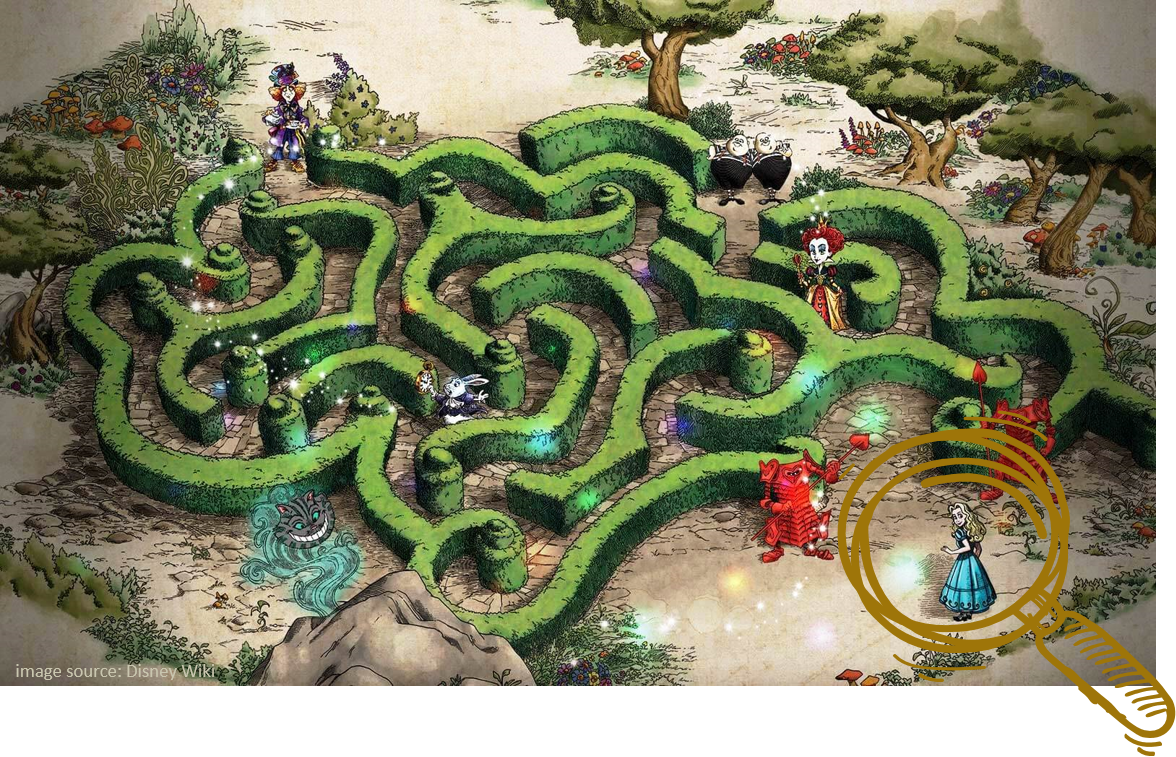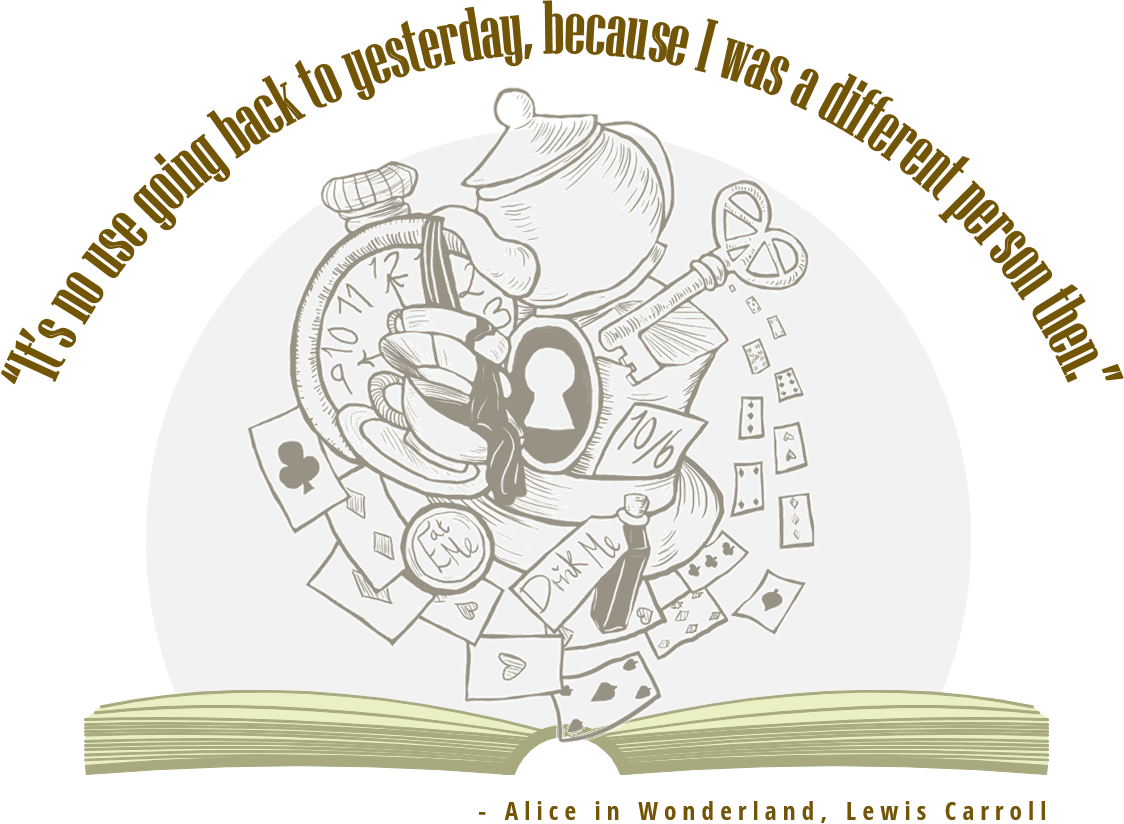Through the Looking Glass of Consumer Journey: A Marketer’s Dream or Strategist’s Gold Mine?
By Crystle Uyeda, Director, Business Development, Gongos, Inc.
Gaining an intimate understanding of the consumer is critical to drive marketing and innovation strategies—ultimately enabling organizations to grow. On the surface, acquiring this knowledge seems straight forward. Organizations are faced with balancing three key factors: 1) structural barriers, 2) understanding and/or guiding consumer behavior, and 3) the ever-increasing data overload. Each of these three, in equal parts, leads to a difficult to navigate insight excursion.
However, organizations are learning to crack the code in paving new paths towards truly “seeing” their consumers for who they are and how they behave. Utilizing tried and true approaches, as well as measured experimentation, is allowing change agents—and those who support them—to create a vision for how to apply that knowledge back to the business.
Alice, We’re Not In Wonderland Anymore
Consumers are interacting with the world, and everything in it, through new avenues. Attention spans are getting shorter, our reliance on technology is getting stronger, and our lifestyles are evolving in ways we once didn’t see coming. As our digital interactions grow, consumers expect, and are even demanding, more from the organizations whose brands they purchase. Furthermore, they desire more personalized experiences with these brands to align with their lives and their intrinsic values. On the flipside, organizations are tasked with mastering how to make sense of this complex world, and then how to deliver on the idea of this new world of “customization” that consumers crave.
Down The Rabbit Hole & To The Promise
Executing against this new mandate has led organizations down far too many rabbit holes, ultimately misjudging their intended targets. From Segmentation, to Consumer Journey, to Customer Experience, there are many promising strategies, but far few effective approaches to drive meaningful and long-lasting change for the future.
Developing a systematic approach towards personalization may sound counter-intuitive, however, it is what organizations have to do to create raving fans for its brands, and ultimately drive its growth.
In this ever-changing and tricky environment, how can organizations gain a competitive edge while continuing to fuel meaningful growth strategies through consumer-minded decision making?
The individual elements necessary to fuel personalization are not new. In fact, the approaches are fundamental in building an effective insights engine. And, fundamentals speaking, those two elements are Segmentation and Consumer Journey. Most organizations simply miss the opportunity to integrate them into a useful knowledge base of the consumer, often driven by organizational barriers to connecting the information streams.
Segmentation gives us the WHO
Identifying consumers with common attitudes and perceptions provides meaningful context into who they are as a person (or grouping of people) and what is important to their lives. However, this key cornerstone of knowing who the consumer is misses a critical tie to action.
Consumer Journey gives us the WHAT
Uncovering how consumers move from trigger to purchase to loyalty reveals steps in the process and potential gaps and ways to close them, but it falls short of identifying the key motivational factors intrinsic to an individual that drives product choice, and purchase.
Can moving from knowing to doing be as simple as taking a different, or holistic, view of the same information?

Developing a dynamic and comprehensive view of the consumer through uncovering the common journey types that exist across each consumer segment provides a reasonable way to tackle personalization. These support the optimization of marketing (messaging and channels), and product development spend, all the while connecting with consumers in meaningful and valued ways.
Each element on its own is a powerful knowledge asset; yet when combined, creates a revolutionary way of acting on more reciprocal relationships with consumers.
A Solid Foundation, Endless Expansion Opportunities
By enriching consumer data with additional contextual information (from social media, to active touch points, passive metering, and point of sale), a strong dataset is fashioned and exposes a complete picture of each consumer, while adding a means by which to activate on the insights.
Linking this with brand strategy, organizations now have a framework for manageable personalization that feels, and is, genuine and relatable. Decisions in which this can inform include, marketing messaging, media placement, corporate communication, influencer and sponsorship opportunities, and innovation strategies—each grounded in the ‘fully known’ consumer.
So, yes, in examining consumer journey-related work through the “wonders” of a looking glass, it is, indeed, both a marketer’s dream and a strategist’s gold mine. And as these two disciplines continue to collaborate to forge organizational growth, they will find that at the end of the day, their most prized collaborator—the consumer—will help fuel their growth, too.


